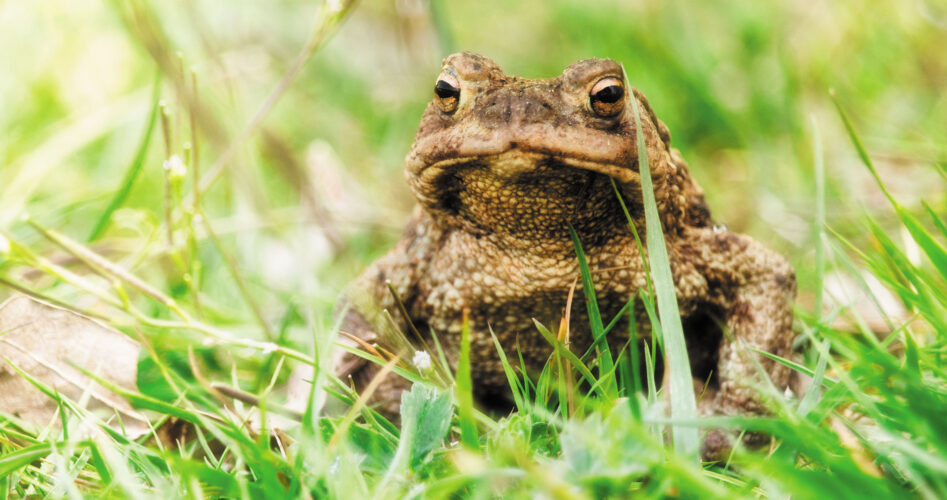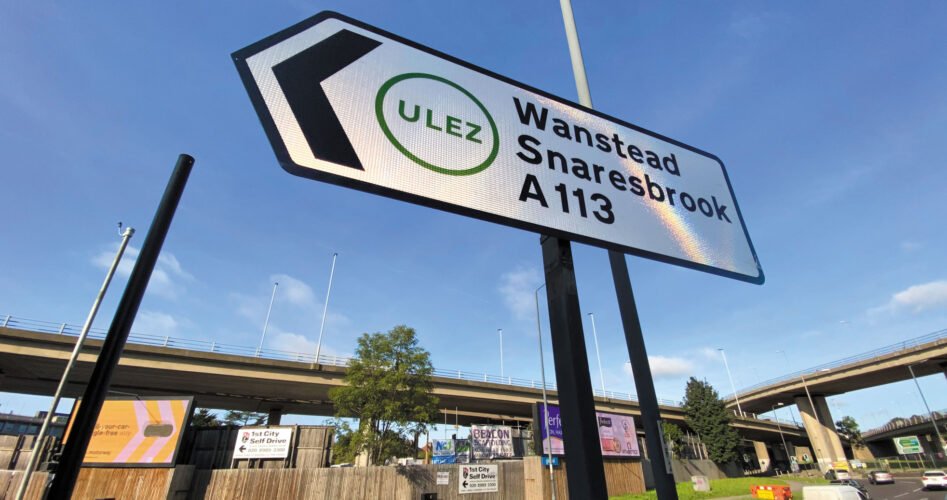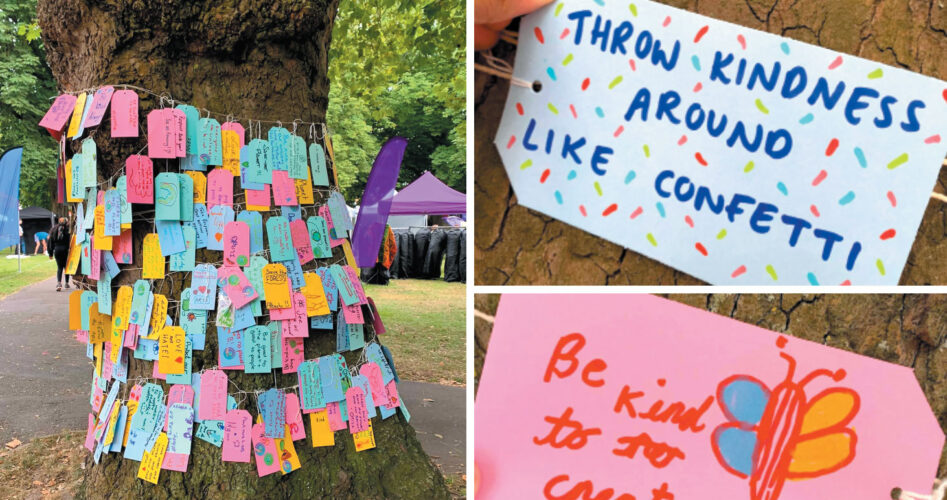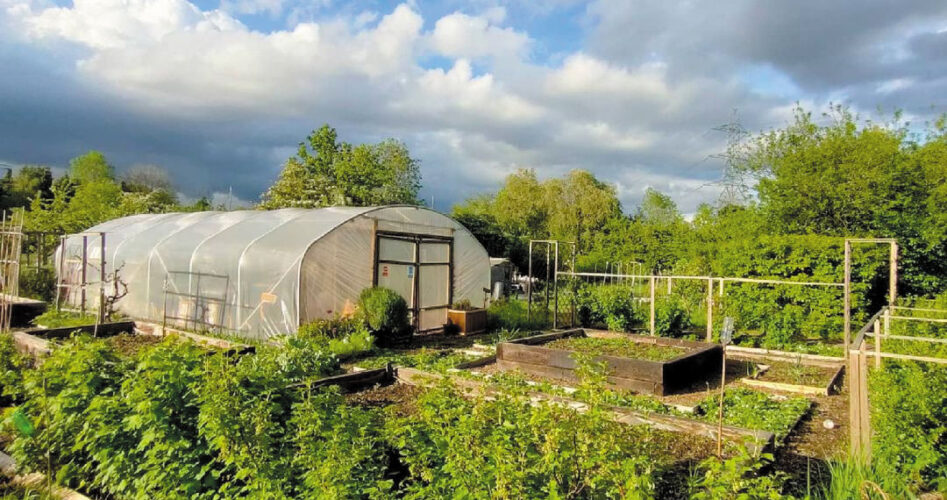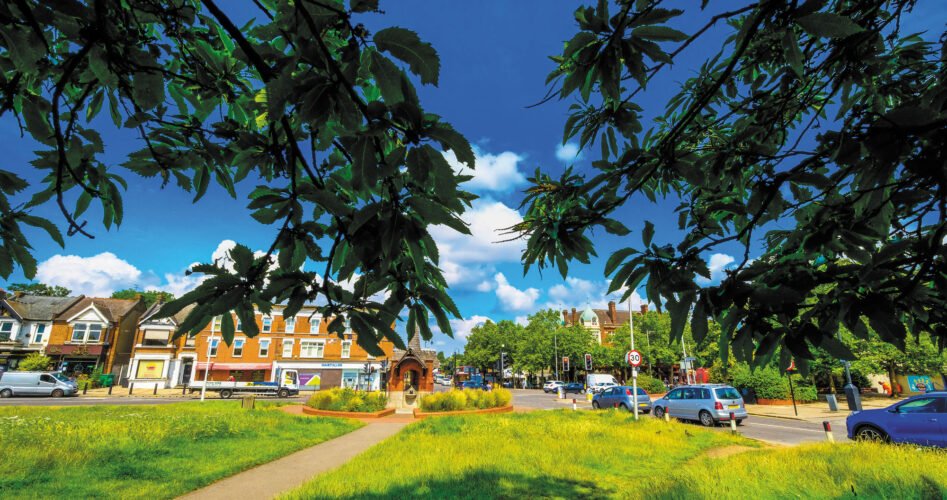In the third of a series of articles providing an update on the Cleaner Greener Wanstead initiative, Councillor Paul Donovan (Wanstead Village, Labour) looks at the challenges of tackling energy efficiency
One of the biggest challenges we face in the battle to reduce emissions and so cut global warming is a fundamental change in energy use. The use of fossil fuels needs to be phased out quickly. Renewable energy has to become the order of the day.
The government has recognised this demand, with a commitment for no new properties to have gas-fired boilers after 2025 – though with little detail or budget for delivery. There is also talk of a push for the replacement of existing gas-fired boilers, with technology like heat pumps and hydrogen-fuelled devices. Solar photovoltaic panels also have a role to play, though changes to feed-in tariffs have made them less economical for homeowners.
Some 56% of emissions in Redbridge come from buildings, with the council committed to switching to renewable energy for electricity in council buildings, as well as delivering retrofitting of insulation for hundreds of homes through the Go Green programme. However, council-based activities only account for 2.4% of total emissions in the borough.
Energy is an area where there needs to be a real reach out to individuals to act. And there are some fine examples in Wanstead of people taking just such positive actions.
One couple has solar panels on their roof that enables them to heat the house and charge their electric car. They also have low-energy appliances throughout their home.
Another household has solar photovoltaic panels on the roof supplying electricity and heating water. They also produce much of their own food from the back garden.
Another individual is taking advantage of the mayor’s Solar Together scheme, which buys up a large number of panels at a lower price. Selected fitters then assess the properties taking part and come up with a quote. The local resident who has applied for this scheme also intends to power his electric vehicle with energy captured from his roof.
We should all explore switching to renewable energy sourced suppliers, as well as exploring the potential to become our own micro-generator of energy. However, this technology can still be expensive and complicated, so the government needs to step in to help and ensure it is more accessible and economical. It’s only with that help that we are going to see the significant reductions in emissions from buildings required to turn the tide on climate change.
There is a long way to go to make Wanstead a sustainable energy centre, but the examples quoted show what can be done.
For more information on the initiative, visit cleanergreenerwanstead.org



